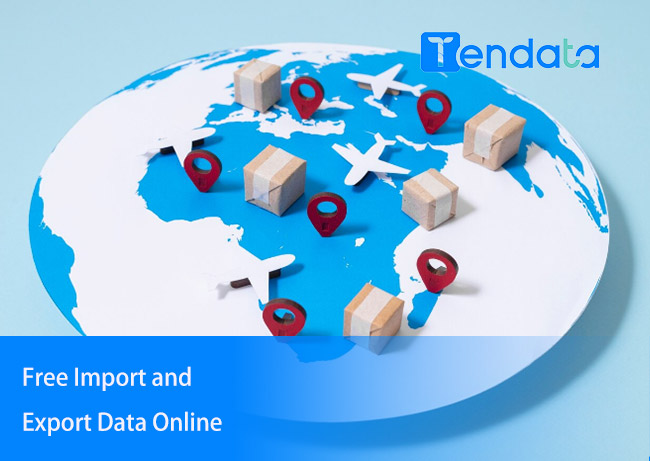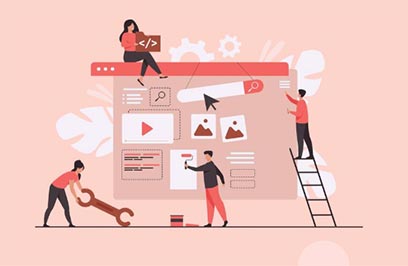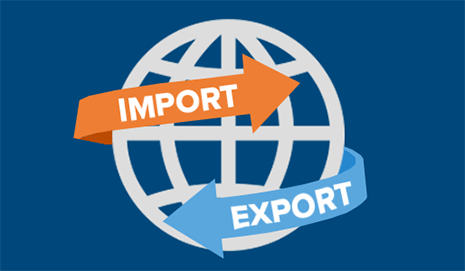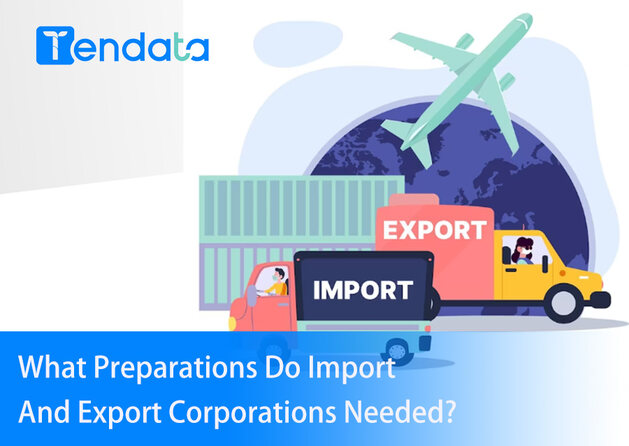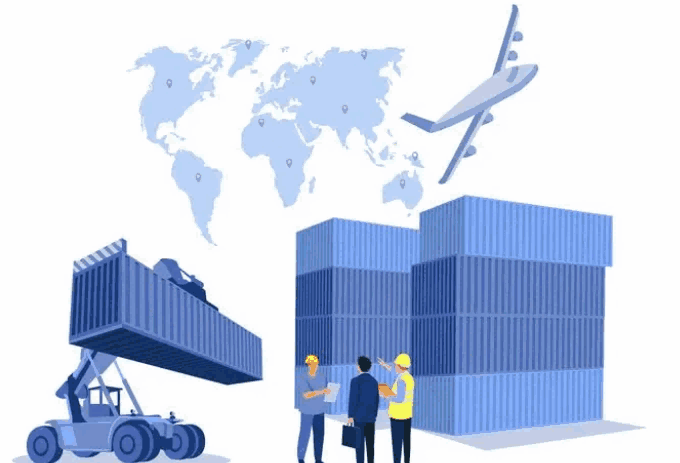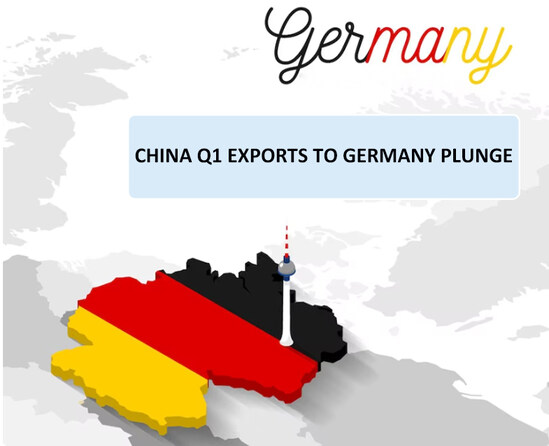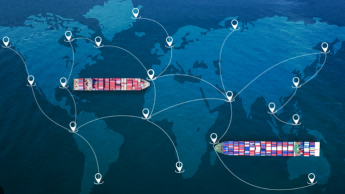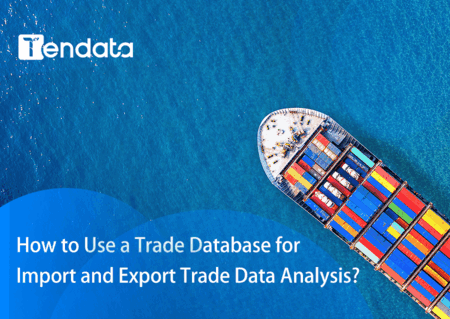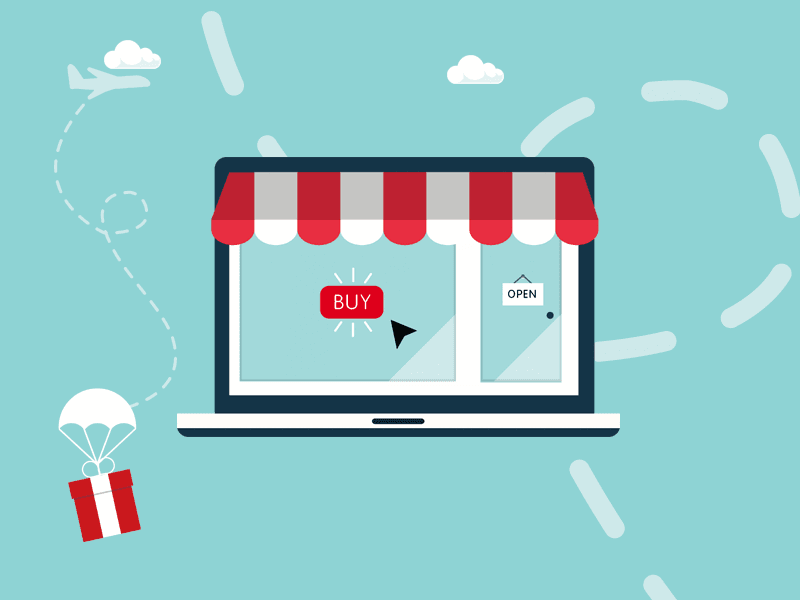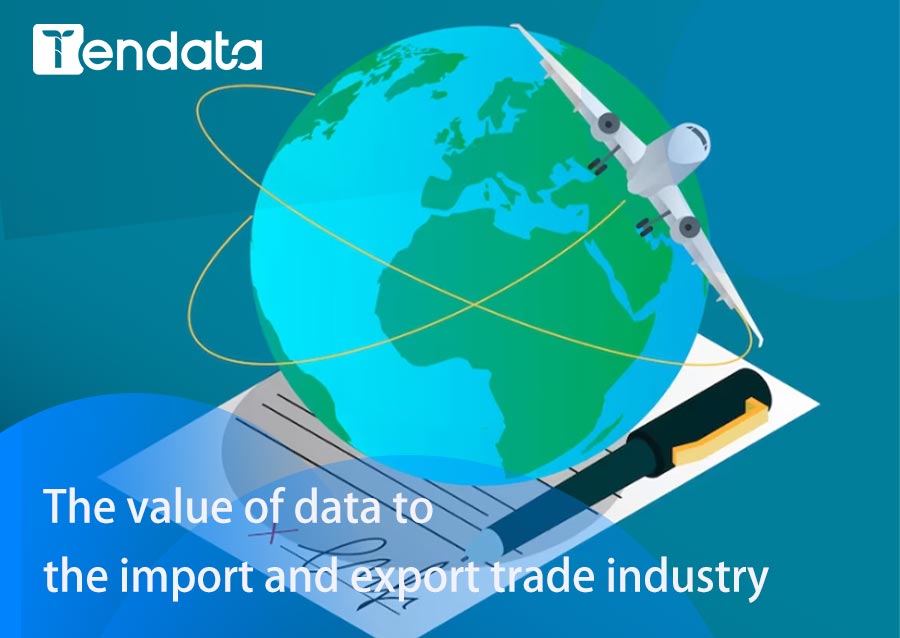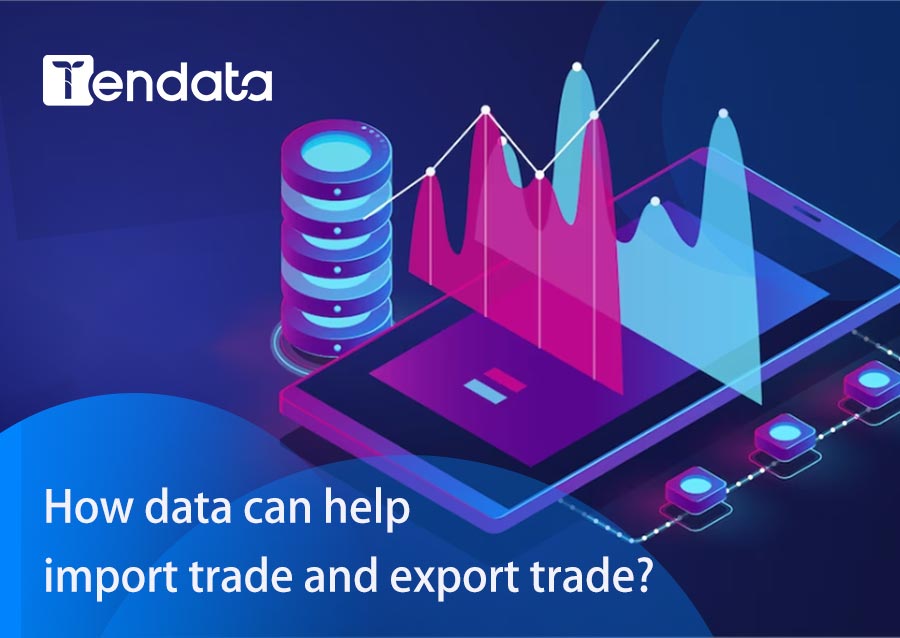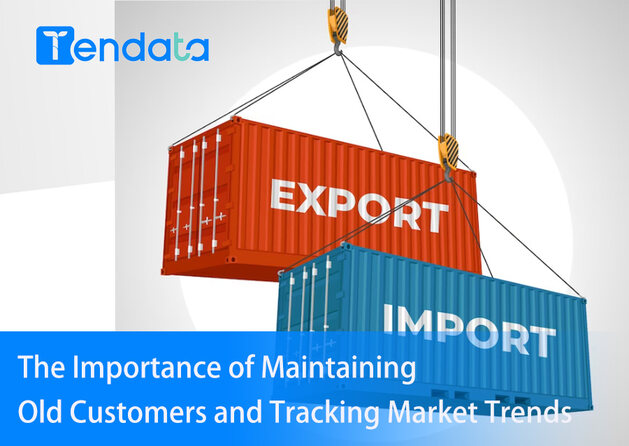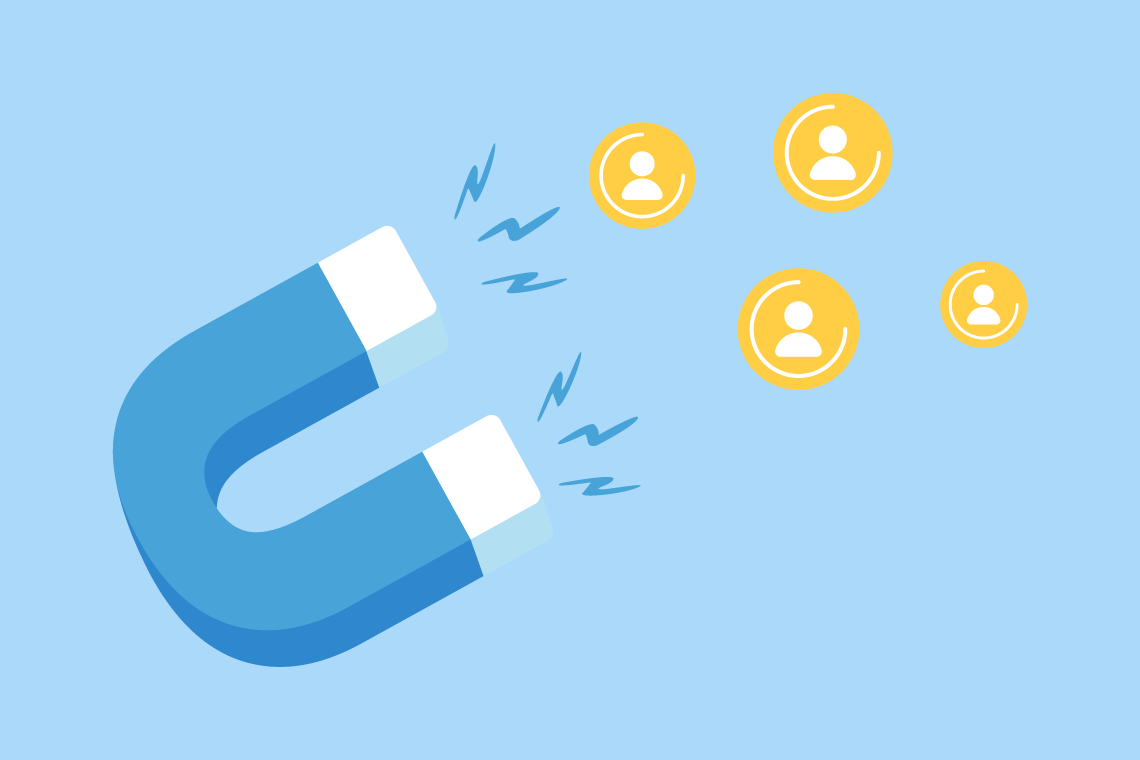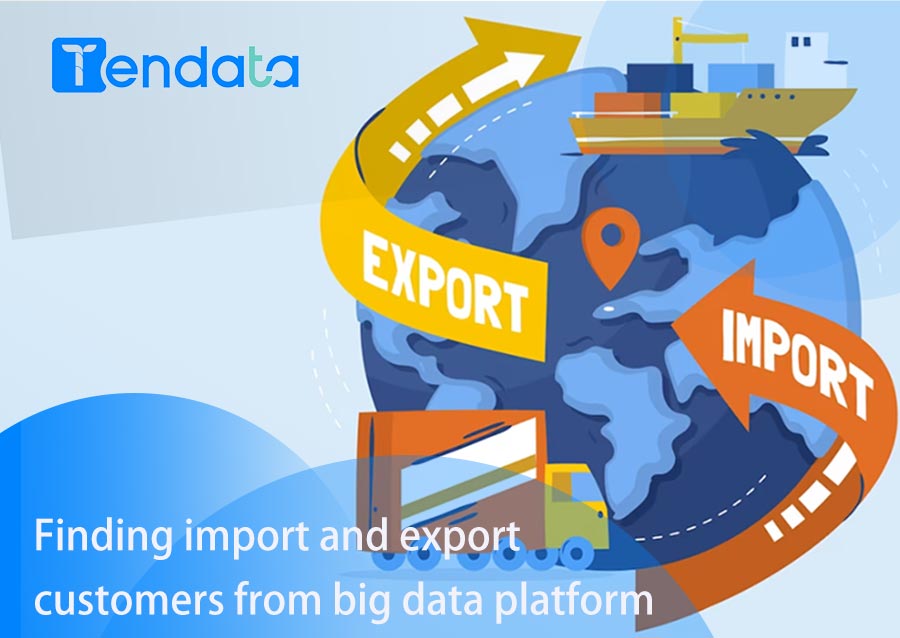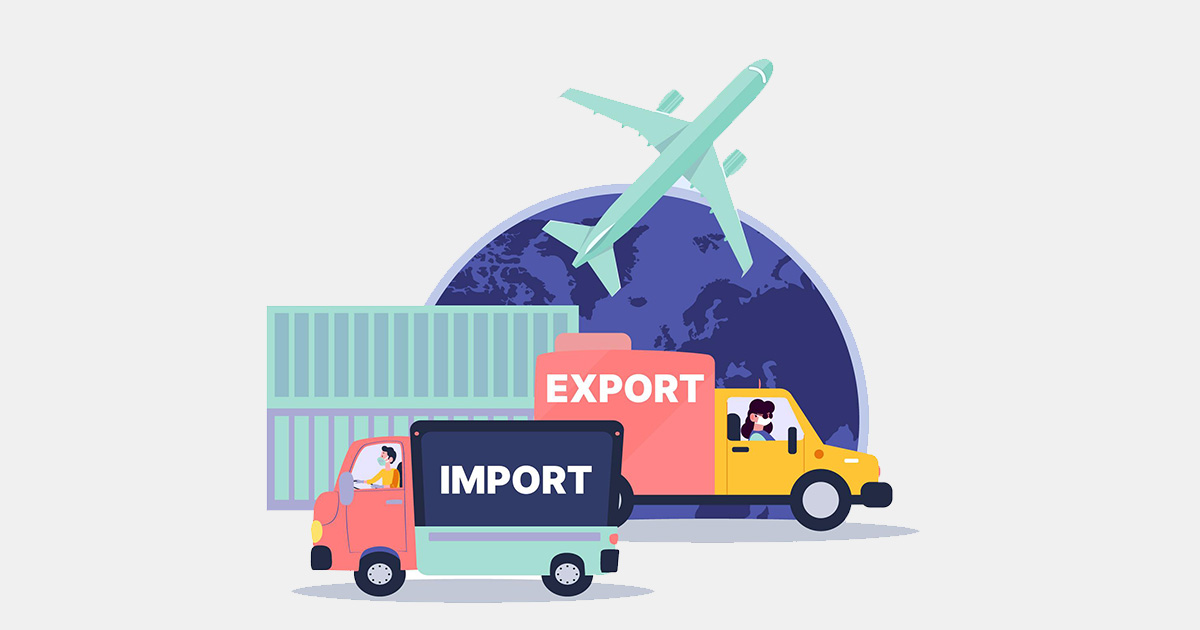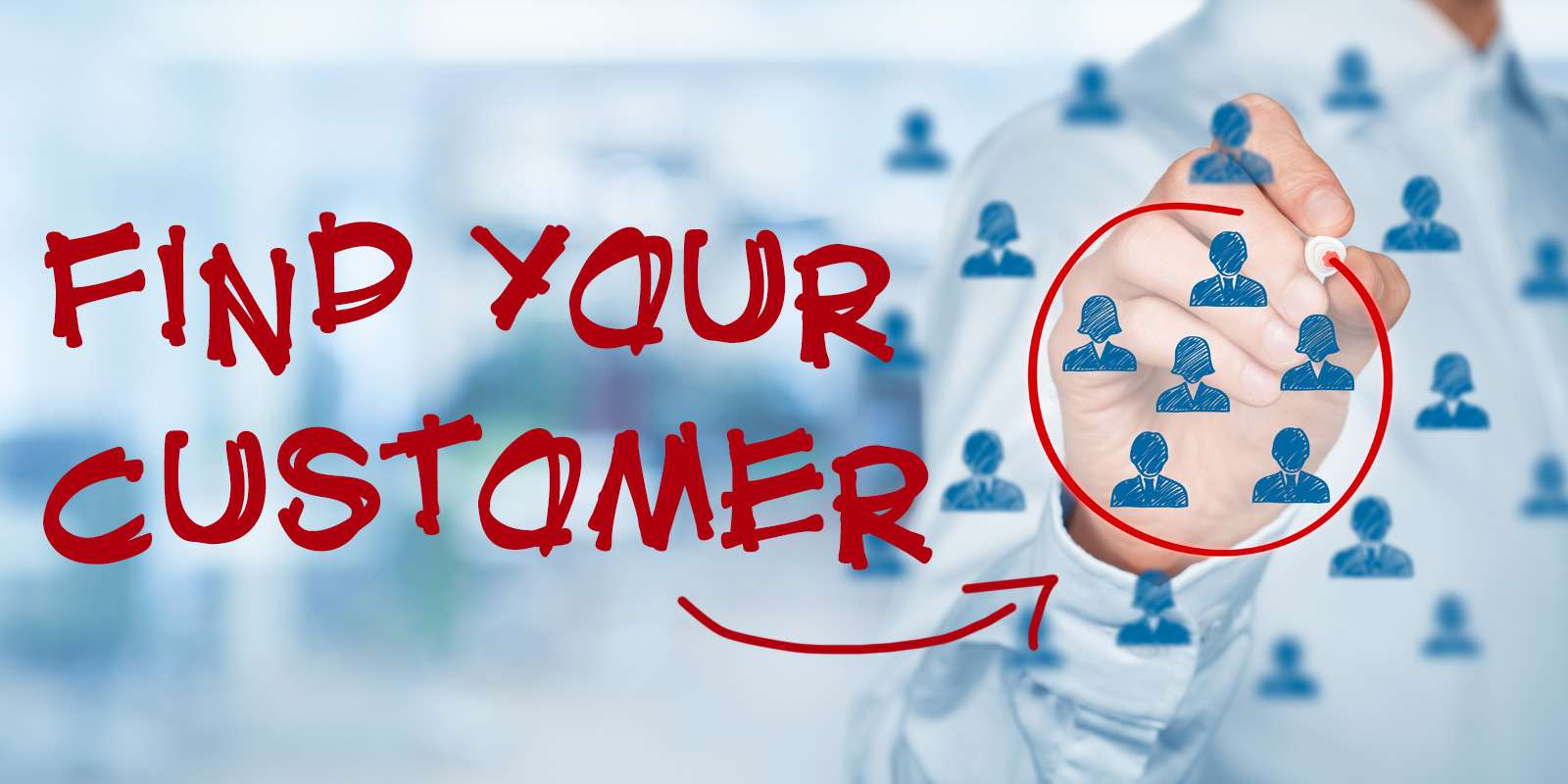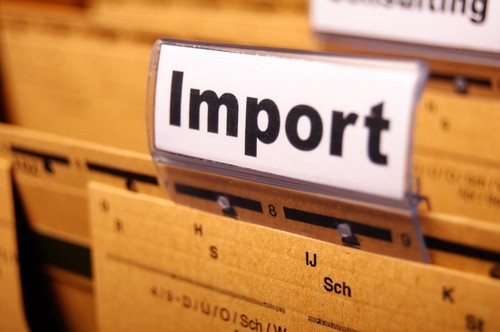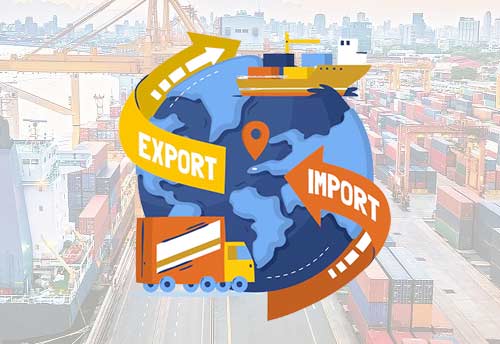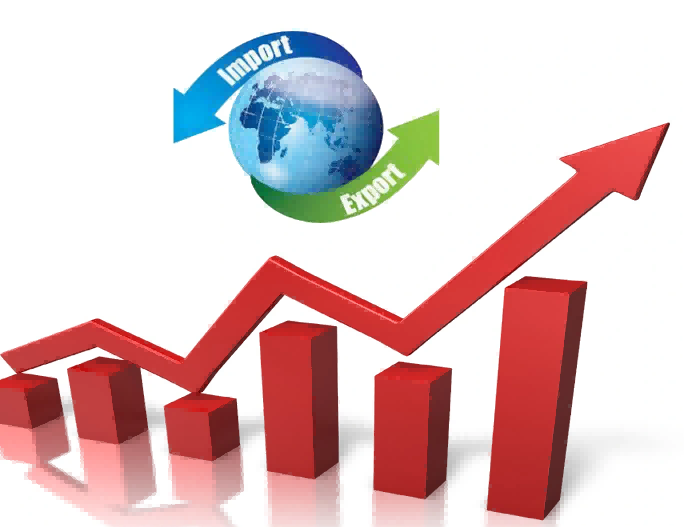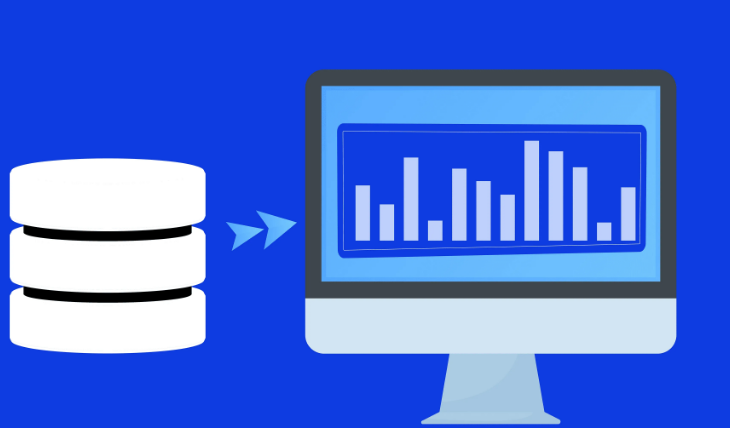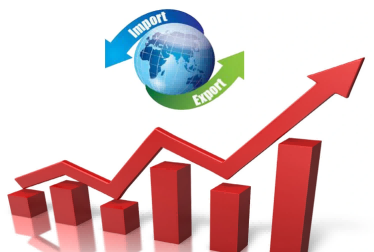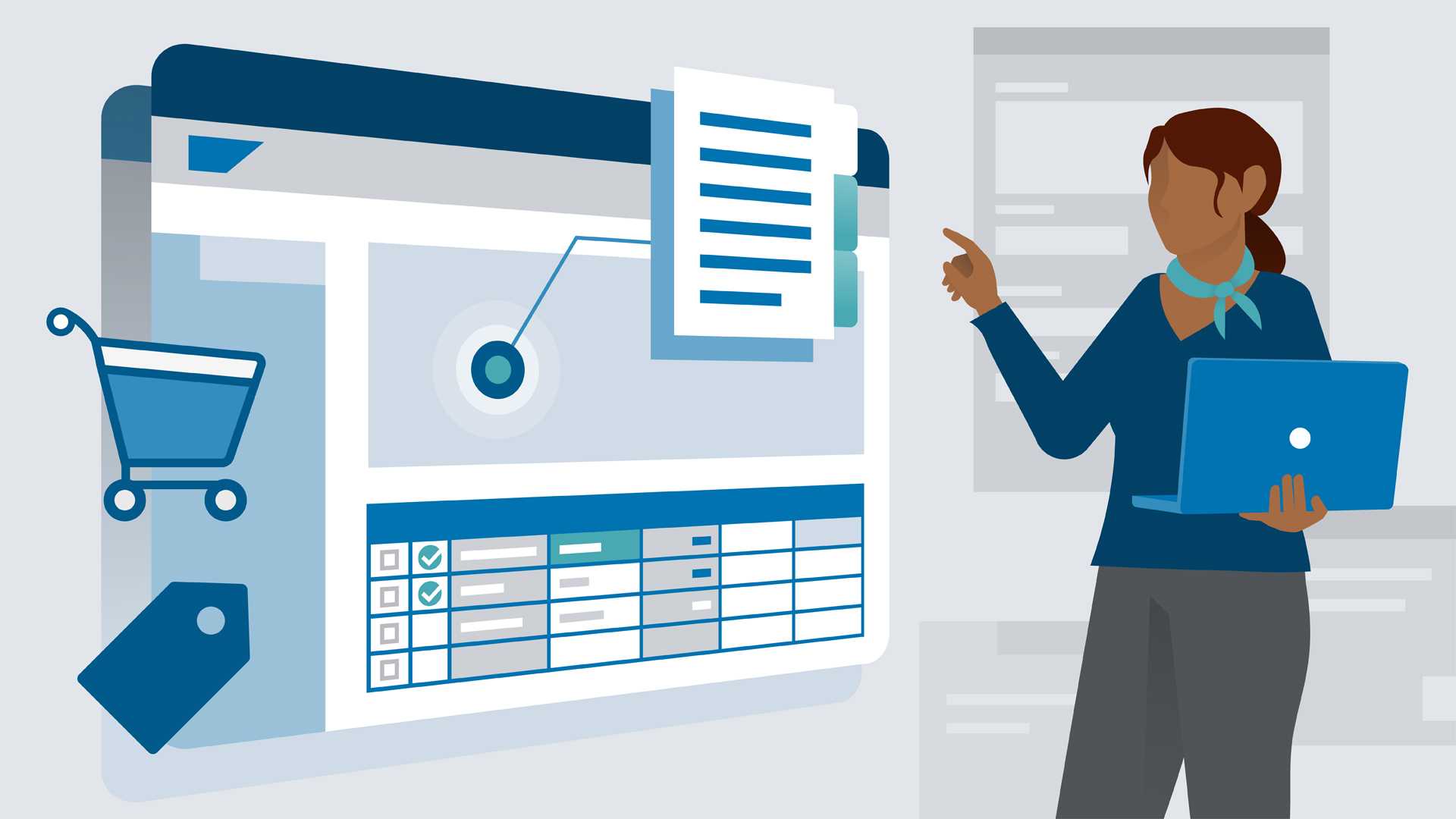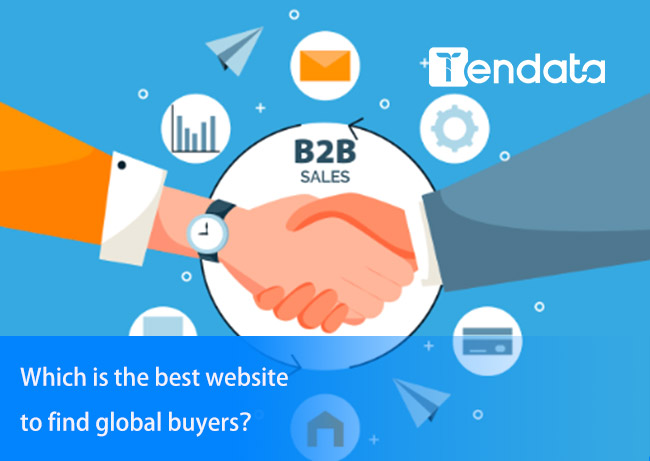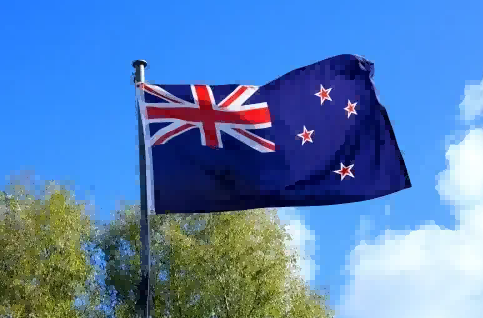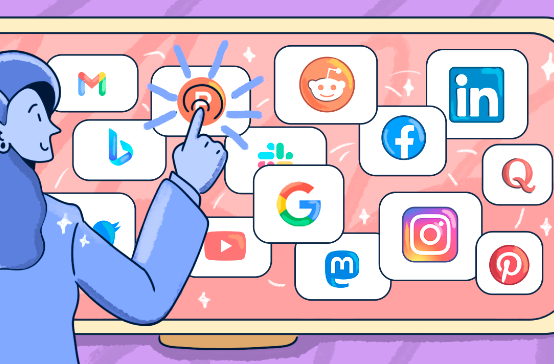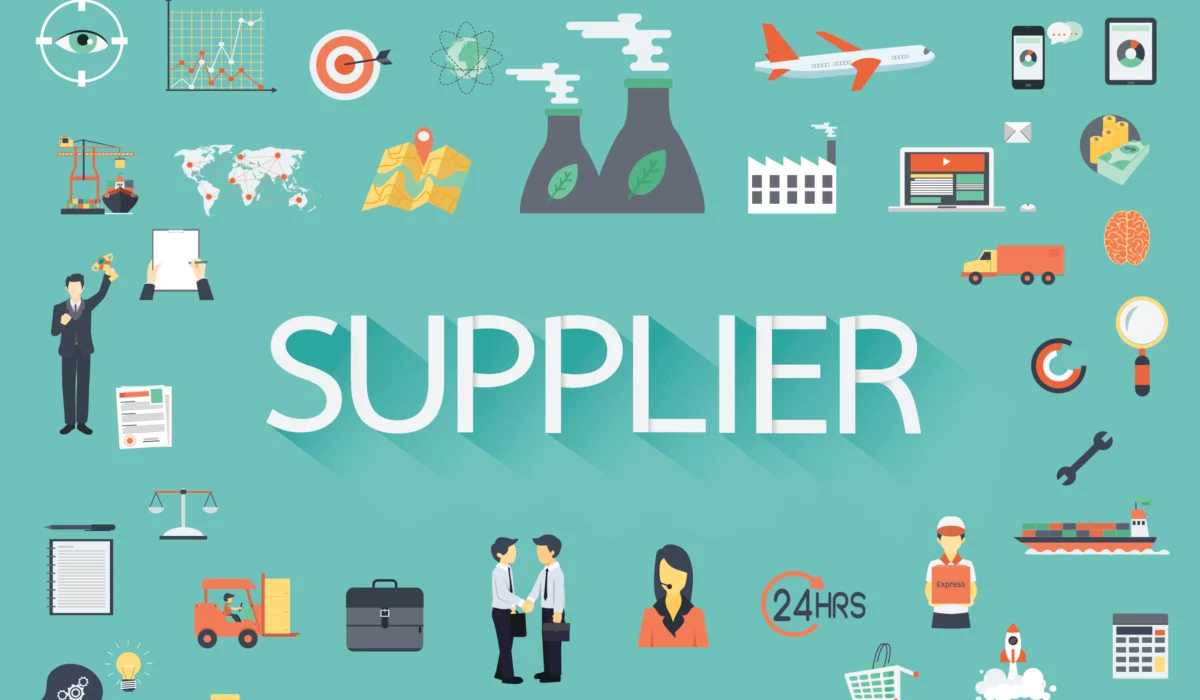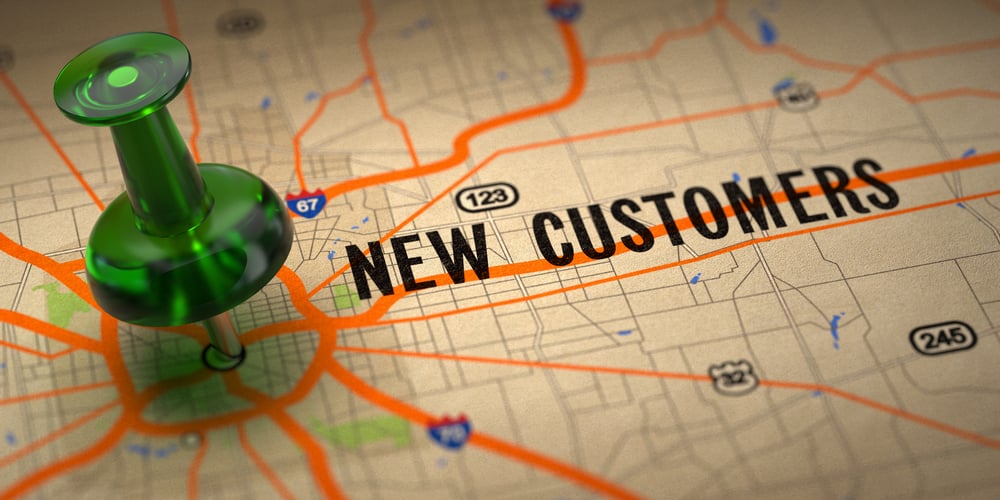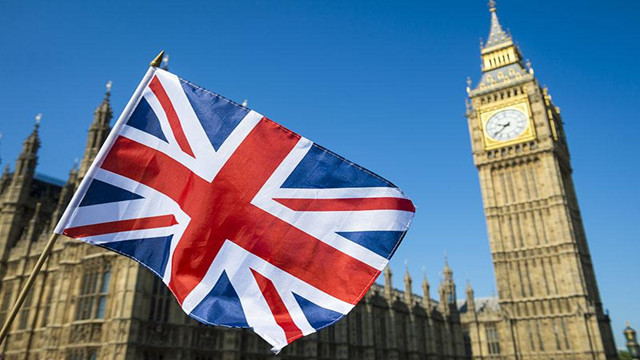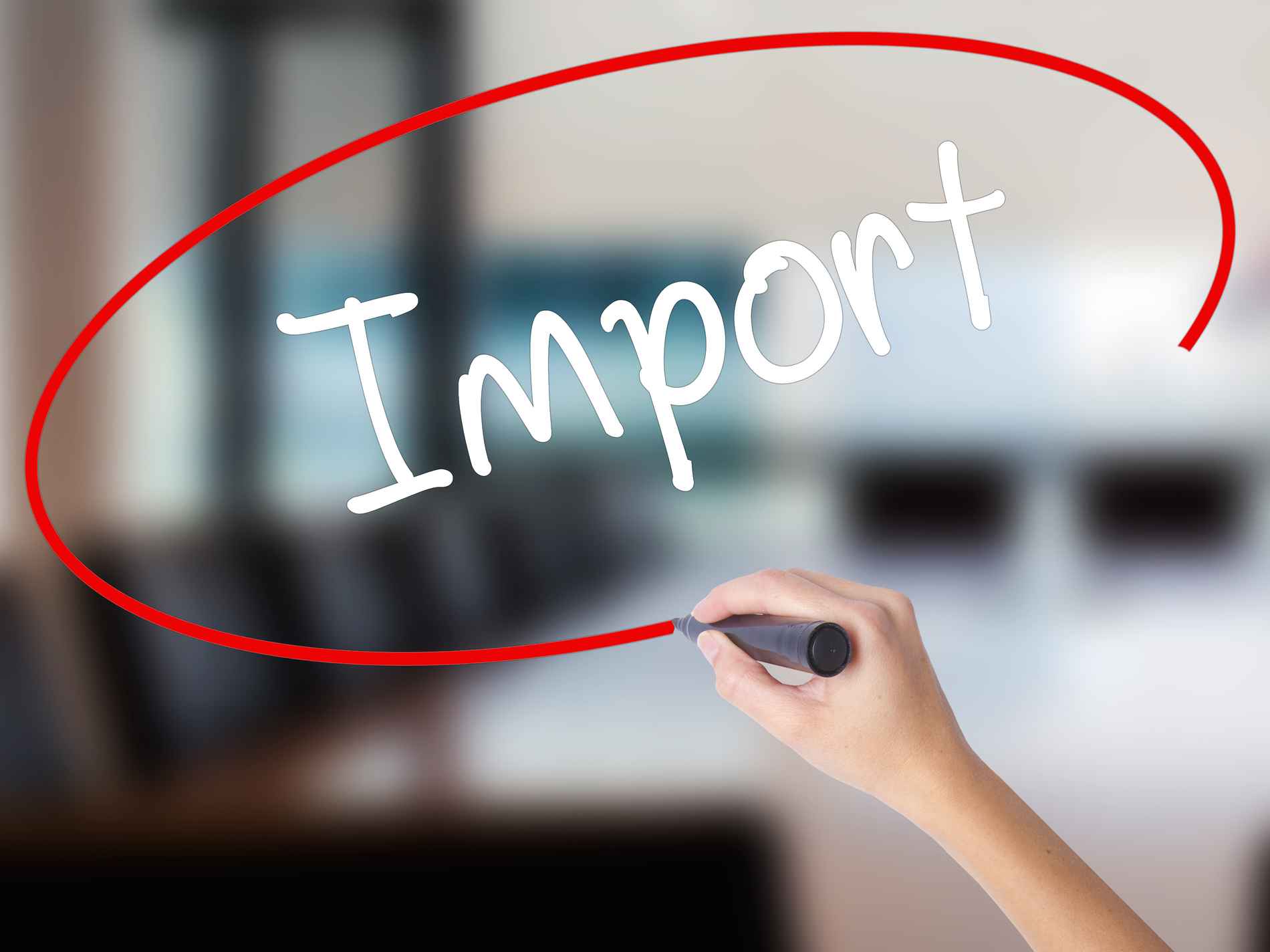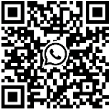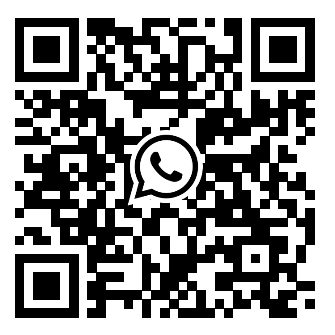 Trade Data Provider
Trade Data Provider
 15-01-2025
15-01-2025
When it comes to B2B lead generation in international trade, LinkedIn is quickly becoming one of the most powerful tools out there. But let's face it — just having a LinkedIn profile isn't enough. You need to be strategic and use it effectively to find and connect with your ideal B2B customers leads. So, how do you go about using LinkedIn to find the right leads for your business? Here's a step-by-step guide to help you make the most out of this platform.

1. Preparation Before Starting LinkedIn Lead Generation
Before diving into LinkedIn to find leads, it's important to lay a solid foundation. To get started, you need to know exactly who you're looking for. Here are a few things to consider:
· Know the target market: Where are your potential B2B customers leads located? What countries or regions should you focus on?
· Understand the industry and sub-industries: What sector does your product belong to? Is it niche, or can it cater to broader industries?
· Know the business model: Are your customers importers, distributors, retailers, or manufacturers? Knowing this will help refine your search.
· Understand company size and position: Larger companies may look for established suppliers, whereas smaller businesses might need cost-effective solutions.
· Understand the procurement process and preferences: How do these companies make purchasing decisions? Knowing their preferences can help you tailor your outreach.
· Understand product keywords: Know what words your potential B2B customers leads are using to search for products similar to yours. You can search for these terms on Google and LinkedIn to narrow down your target.
· Know the purchasing decision-makers: Who makes the buying decisions at these companies? Is it the procurement department or someone else?
2. How to Gather Critical Data for Lead Generation
Now, you need the right data to help refine your LinkedIn search. There are several methods you can use:
· Analyze Existing Customers: If you've already worked with clients, take a deep dive into their background and company profiles. Create a buyer persona based on these clients and use it to find similar B2B customers leads in other regions.
· Use Global Trade Data: Trade data is a goldmine when it comes to finding potential B2B customers leads. By analyzing customs export data or trade data platforms like Tengdao, you can identify companies that are importing or exporting products similar to yours. By filtering out one-time buyers and low-frequency buyers, you can focus on high-quality B2B customers leads.
· Sales Team Brainstorming: Each sales rep can list out potential target customers based on their experience. You can then consolidate this information and cross-reference it with market reports to spot trends, industry players, OEM manufacturers, and suppliers.
· Industry Research Reports: Don't underestimate the power of a good market research report. Search on Google for terms like "[Product] Industry Market Research Report" or "[Product] Sales Channel Analysis." These reports often give you detailed insights into customer types and potential B2B customers leads.
· Identify the Decision-Makers: Many people mistakenly think that the procurement department is the only one responsible for purchasing. In fact, the real decision-makers might be in other departments, such as operations or upper management. Make sure you're contacting the right people on LinkedIn.
· Create a Customer Segmentation List: After gathering all this data, organize it into a customer segmentation table. This will help you break down potential B2B customers leads by country, industry, company size, and more. The goal is to identify high-potential leads across multiple regions.
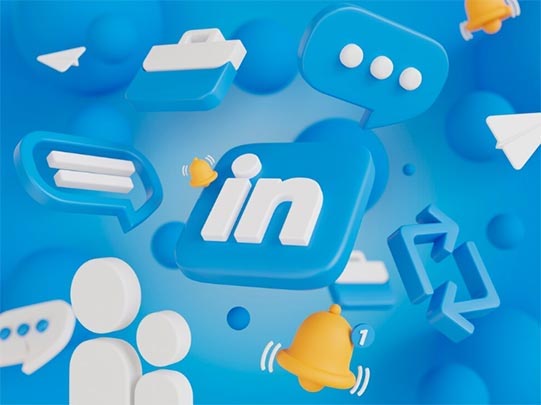
3. Overcoming LinkedIn's Connection Limits
LinkedIn is a fantastic tool, but it does have some privacy limitations that can make it harder to connect directly with potential leads. Here's how you can break through those barriers:
Step 1: Use Product Keywords to Search Industry Keywords
Start by searching for core product keywords on LinkedIn (e.g., "seamless steel pipe"). Browse through the search results and pay attention to company names and their industry descriptions. You can also find relevant industry terms on company profiles or in the "About Us" sections, which will give you more keywords to work with.
Step 2: Find Important Contacts
Once you've identified relevant companies, go to their LinkedIn pages and look at their employee list. LinkedIn lets you see who works at these companies, and you can easily find the key decision-makers in procurement, supply chain management, or even upper management.
Step 3: Get Contact Information
LinkedIn has three types of connections:
· 1st-degree connections: These are people who are directly connected with you. You can see their full profile, email address, and contact them directly.
· 2nd-degree connections: These are your connections' connections. You can see their profiles, and you can request to connect with them.
· 3rd-degree connections and beyond: You can view their profiles but cannot contact them directly. However, you can send an InMail or try reaching out via shared groups or mutual connections.
To maximize your success, aim to connect with 1st-degree contacts, but don't hesitate to use InMail or mutual groups to reach out to 2nd-degree and 3rd-degree connections.
4. Crafting Your Message
Once you've connected with the decision-makers, it's time to start the conversation. Your LinkedIn message should be personal, direct, and value-driven. Here's a simple formula:
· Start with a friendly greeting.
· Mention something specific about their business (e.g., how your product can help improve their supply chain or solve a specific challenge).
· Suggest how you can help (briefly mention how your product is a solution to their needs).
· End with a clear call to action (e.g., scheduling a call or meeting).
The key here is not to sound too salesy right off the bat. Make sure your message is genuine and offers value.
5. Consistency Is Key
While LinkedIn is a great tool, you can't expect instant results. It takes time to build relationships and establish trust. Stay consistent with your outreach, and don't hesitate to follow up after a week or two if you don't get a response. Persistence pays off, but always be polite and respectful.
Conclusion
LinkedIn is a treasure trove of opportunities for B2B customers leads, especially in the world of international trade. By preparing properly, gathering key data, and using LinkedIn's tools effectively, you can connect with decision-makers, nurture relationships, and ultimately turn leads into long-term customers.
The real power of LinkedIn comes from how well you understand your ideal B2B customers leads and how targeted your approach is. So, don't just send random connection requests — focus on quality, personalization, and value. Happy prospecting!
Category
Leave Message for Demo Request or Questions


 T-info
T-info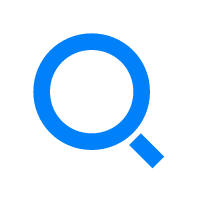 T-discovery
T-discovery

 My
Tendata
My
Tendata Market Analysis
Market Analysis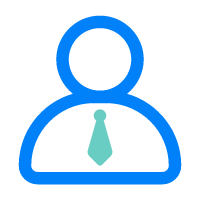 Customer
Development
Customer
Development Competitor
Monitoring
Competitor
Monitoring Customer Relationship
Customer Relationship



